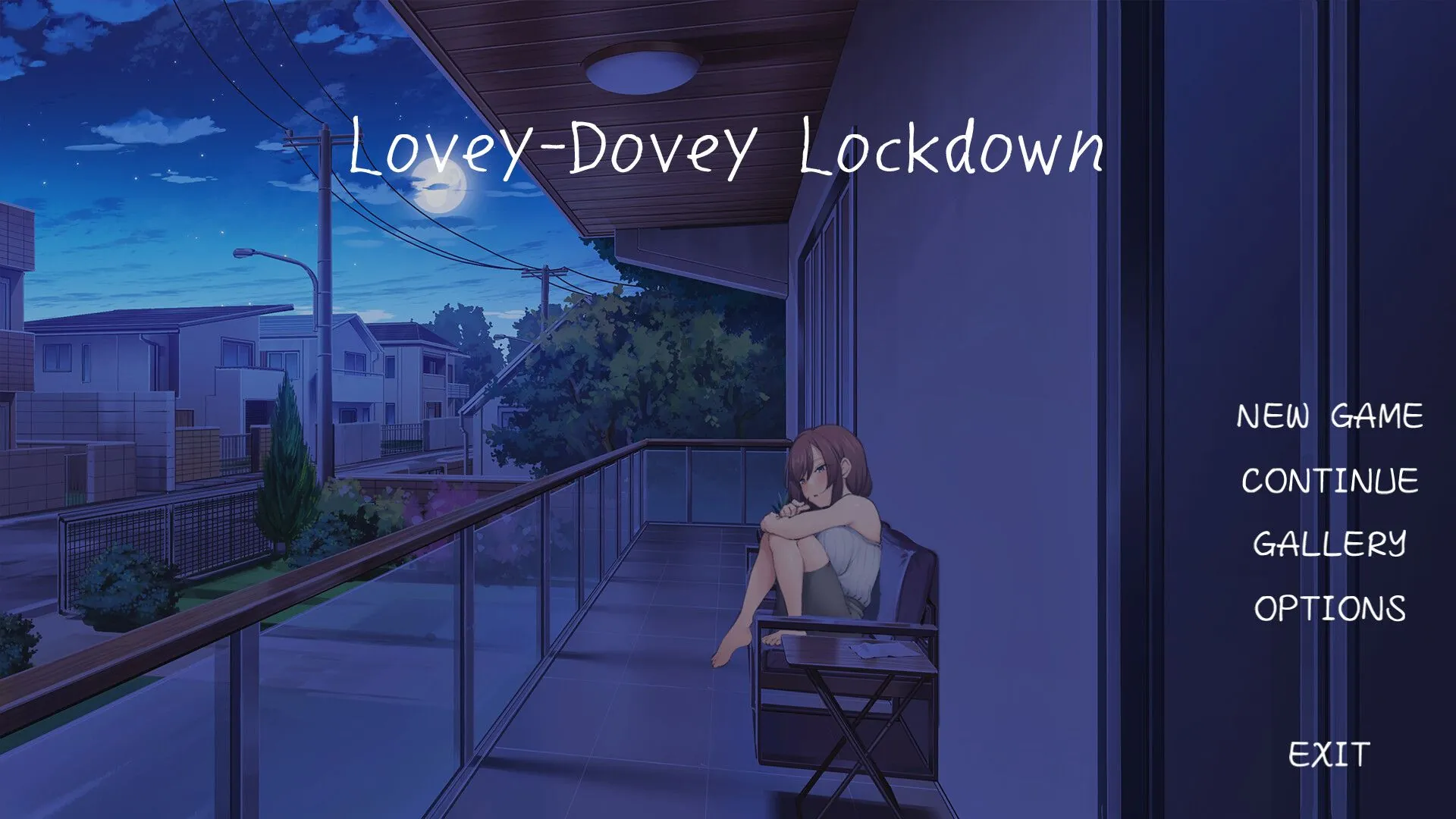
Exciting Games
Play Exciting Games
Exciting Games review
Uncovering the Mechanics and Appeal of Mature Gaming Experiences
The landscape of interactive entertainment continues evolving, with mature-themed experiences carving a unique niche. This exploration focuses on narrative-driven titles that combine strategic gameplay with adult storytelling elements. We’ll analyze key mechanics, player engagement strategies, and the delicate balance between creative expression and technical execution in this specialized genre.
The Evolution of Mature Storytelling in Digital Formats
The Evolution of Mature Storytelling in Digital Formats
Remember those clunky text-based games where you typed “KILL TROLL WITH SWORD” and prayed the parser understood? 🎮 Those early experiments laid the groundwork for today’s interactive storytelling evolution, but let’s be honest—they’ve aged like milk. Fast-forward to 2024, and we’re crafting cinematic 3D worlds where every choice matters. It’s like swapping a flip phone for a hologram projector.
So, how did we get here? Let’s rewind the tape.
From Text-Based Beginnings to 3D Realization
Picture this: It’s 1980, and you’re squinting at a green-on-black screen, typing commands to navigate a dungeon. Games like Zork were revolutionary, but let’s face it—mature content integration back then meant… well, implied mature content. 🧙♂️ Fast, vivid storytelling? Not exactly. You had to imagine the dragon, the romance, the stakes.
Then the ’90s happened. Graphical adventures like Leisure Suit Larry added pixels and cheeky humor, but technical limitations kept stories linear. Want to explore a character’s backstory? Tough luck—your floppy disk couldn’t handle it.
But here’s the kicker: 3D adventure development changed everything. Suddenly, we could build sprawling worlds where players lived the story instead of reading it. Games like The Witcher 3 and Cyberpunk 2077 raised the bar, blending narrative branching systems with jaw-dropping visuals.
| Year | Tech Milestone | Impact on Storytelling |
|---|---|---|
| 1980s | Text parsers | Basic player agency |
| 1990s | 2D graphics | Visual storytelling foundations |
| 2010s | Dynamic dialogue systems | Complex character relationships |
| 2020s | AI-driven narratives | Real-time story adaptation |
The real magic? Modern tools let indie devs create exciting games without Hollywood budgets. I once played a solo-developed title where my choices altered an entire city’s political landscape—and my character’s love life. 🤯 That’s the power of today’s tech.
Modern Character Development Techniques
Gone are the days of cardboard-cutout NPCs who exist solely to dump exposition. Today’s character relationship mechanics are so nuanced, they’d make Freud proud. 🧠 Take loyalty systems: Help a ally steal a spaceship, and they’ll risk their life for you later. Betray them? Enjoy the knife in your back during the finale.
Here’s a pro tip: Always tie relationships to gameplay. In one game I tested, romancing a hacker unlocked shortcuts in levels, while befriending a soldier gave combat perks. Suddenly, every dialogue choice mattered—not just for the story, but for survival.
“Players don’t want puppets—they want people. If a character feels real, their joy (or betrayal) hits harder than any boss fight.”
But it’s not all sunshine. I’ve seen games botch this by making relationships too transactional (cough “Give gift +10 points” cough). The fix? Layer motivations. Maybe your gruff mercenary softens when you discuss their lost family—not because you handed them a grenade launcher.
Balancing Narrative Depth with Interactive Elements
Ah, the eternal struggle: How do you keep players engaged with a gripping story and fun gameplay? 🎭 Too much plot, and it’s a movie. Too much action, and the emotional beats fall flat.
Narrative branching systems are the secret sauce. Imagine a choose-your-own-adventure book where every page is a gameplay loop. For example:
– Steal a priceless artifact (action sequence) → Decide who to sell it to (dialogue) → Watch factions react (world-building)
But branching stories can backfire. I once got stuck in a game with 27 endings—most were minor variations of “you died.” 🪦 The lesson? Quality over quantity. A few well-crafted endings with ripple effects > a dozen shallow ones.
For devs, here’s the cheat code:
1. Map core story beats first (no one cares about branching if the trunk is rotten)
2. Use modular design (swap scenes without breaking the plot)
3. Playtest ruthlessly (if players miss your “big twist,” you’ve failed)
Wrapping Up
From text-based dungeons to AI-driven epics, interactive storytelling evolution has been one heck of a ride. 🚀 What’s next? Maybe VR worlds where your heartbeat affects dialogue, or NPCs that learn from your playstyle. But the core truth remains: exciting games thrive when they make us feel—whether that’s passion, rage, or heartbreak.
So, what’s your story? Dive into these worlds, shape their futures, and remember—every choice you make is a brushstroke on a digital canvas. 🖌️ Now go paint something unforgettable.
This exploration reveals the complex interplay between creative ambition and technical execution in mature-themed interactive experiences. As developers continue pushing boundaries, the importance of maintaining gameplay depth alongside narrative sophistication becomes paramount. For enthusiasts seeking to deepen their understanding, we recommend exploring developer commentaries and participating in focused community discussions.














